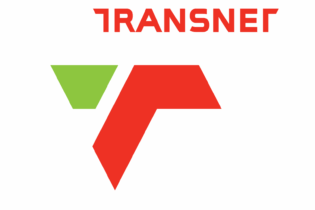As pressure mounts to reduce operational expenses and optimise fleet performance, fleet managers are increasingly asking: Is fleet management a necessary evil or a business game changer? *By Steven Sutherland.
Fleet managers can answer that question by opting for a solution that benefits the business by addressing the causes of problems rather than merely treating the symptoms. In South Africa, the selection of fleet management products has traditionally meant scouting for the most ‘cost-effective’ option available. But the risk of this dyed-in-the-wool approach is that price becomes an illusion. When a fleet management decision pivots too strongly around price, operators can lose sight of the bigger picture and the necessity to invest in a tangible, value-added offering. Too often, cost-effective pricing models exclude key telematics tools, essential customer care and consulting services, contract duration warranties, and bundled on-site service and support. These are the true enablers of effective end-to-end fleet management. In addition, cheaper solutions often exclude fuel management, which is a big problem considering that fuel is a major cost factor for fleet operators. Fleet management today is not only about big data anymore: it’s about interpreting that data and knowing how to convert it into tangible actions that will bring about multiple opportunities for operational improvement. What should the determining factors be, when evaluating a solution? First, examine the real total cost of ownership. That is, what will this solution cost in monetary value, time, effort, and resources? In essence, when benchmarking different offerings against each other, fleet managers should consider not only the solution on offer but, more importantly, the organisation behind it. Price differentialFleet managers should ask themselves: How big is the price difference between one offering and the next, and what are the reasons for it? Comparing apples with apples is always a good start. Make a list of what each offering provides and then start dissecting how much value you can derive from each component that’s included.
These will cover aspects like data management and reporting, and after-sales support and service delivery. In so doing, you will notice that – more often than not – the more ‘cost-effective’ the solution, the less comprehensive the offering. A cheap solution does not represent an investment-type partnership, but rather a shorter-term, ‘fit-and-go’ type fix. Comprehensively monitoring and improving driver behaviour, for example, is key to bringing down fuel costs. An average fuel cost saving of 10% can be gained by rectifying bad driving habits like excessive idling, speeding, and over-revving. In addition, harsh braking is often linked to collisions as well as unnecessary wear-and-tear on vehicles. As such, by closely monitoring these aspects – often in ‘real time’ – there is no doubt that businesses are able to drive down fleet expenditures and remain competitive. Benefits like these don’t come with simply tracking your vehicles and improving routes. The reality for fleet operators is that if they don’t keep up with current trends and proven fleet management solutions, they’ll soon realise they’re under-equipped. And, ignoring the nagging demands of tomorrow may very well mean that business competitiveness and cost-effectiveness are merely mirages in the road ahead. At some point in the life cycle of your business, you will need a more comprehensive fleet management solution and, when that time comes, do you really want to be going back to the drawing board and laying out more money and time for this investment? *Steven Sutherland is the sales director for Africa at MiX Telematics







